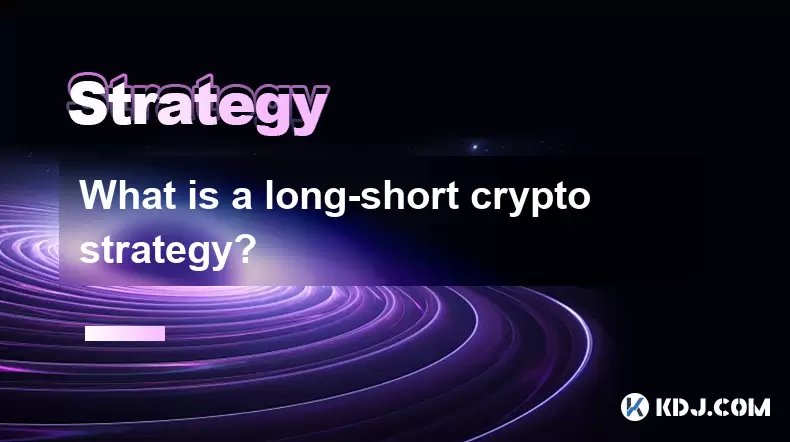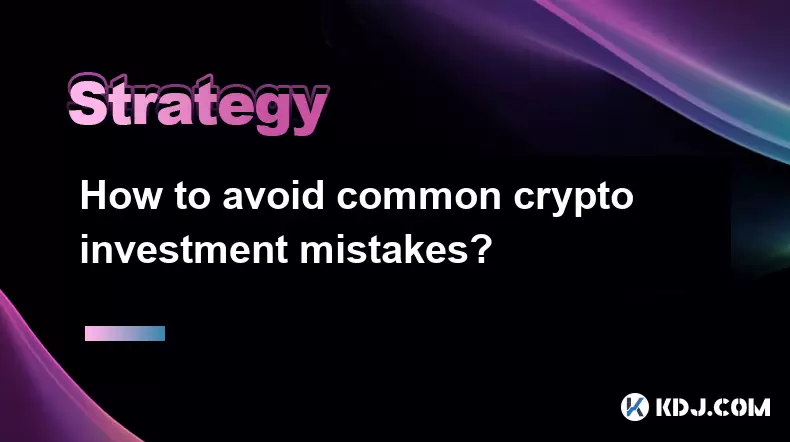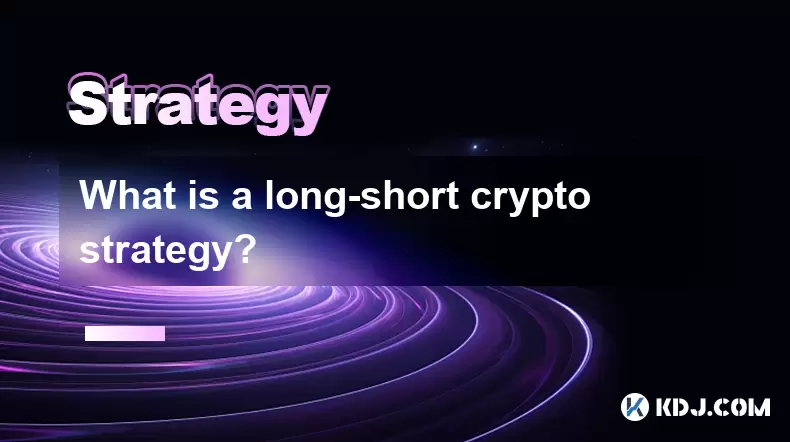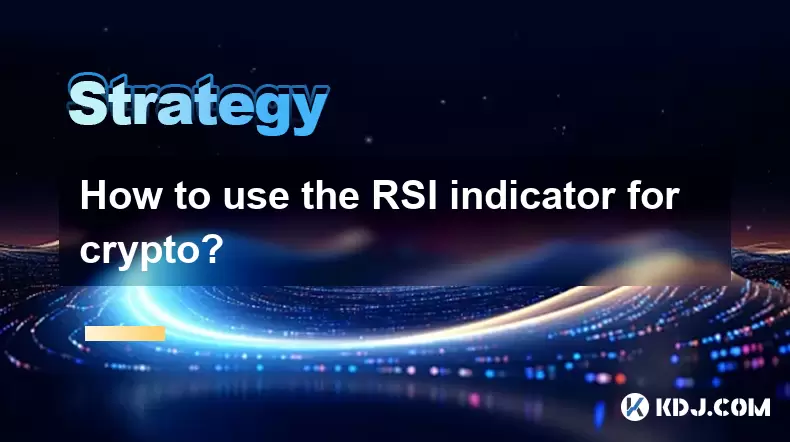-
 Bitcoin
Bitcoin $118,698.3676
0.16% -
 Ethereum
Ethereum $3,428.4877
5.97% -
 XRP
XRP $3.2496
9.52% -
 Tether USDt
Tether USDt $1.0002
0.00% -
 BNB
BNB $725.6930
4.36% -
 Solana
Solana $174.8923
4.52% -
 USDC
USDC $0.9997
-0.02% -
 Dogecoin
Dogecoin $0.2139
6.02% -
 TRON
TRON $0.3155
4.62% -
 Cardano
Cardano $0.8045
7.12% -
 Hyperliquid
Hyperliquid $46.6582
-1.72% -
 Stellar
Stellar $0.4676
0.80% -
 Sui
Sui $4.0143
0.38% -
 Chainlink
Chainlink $17.1546
2.97% -
 Hedera
Hedera $0.2458
3.27% -
 Bitcoin Cash
Bitcoin Cash $496.5967
-0.06% -
 Avalanche
Avalanche $22.8813
3.13% -
 Shiba Inu
Shiba Inu $0.0...01439
3.42% -
 UNUS SED LEO
UNUS SED LEO $8.8389
0.42% -
 Toncoin
Toncoin $3.2113
2.82% -
 Litecoin
Litecoin $101.2646
4.24% -
 Polkadot
Polkadot $4.2262
2.32% -
 Monero
Monero $340.4295
2.92% -
 Pepe
Pepe $0.0...01365
2.92% -
 Uniswap
Uniswap $8.9702
-2.78% -
 Bitget Token
Bitget Token $4.7675
2.00% -
 Dai
Dai $0.9998
-0.02% -
 Ethena USDe
Ethena USDe $1.0003
-0.04% -
 Aave
Aave $324.6394
-2.11% -
 Bittensor
Bittensor $433.6051
-0.88%
What is a long-short crypto strategy?
A long-short crypto strategy balances long and short positions to profit from market volatility while reducing directional risk.
Jul 11, 2025 at 01:28 pm

Understanding the Basics of Long-Short Crypto Strategy
A long-short crypto strategy is an investment approach where traders take both long and short positions in cryptocurrency markets to profit from price movements. In this strategy, a trader buys (goes long) on assets expected to increase in value while simultaneously selling (shorting) assets anticipated to decline. The goal is to hedge against market volatility and generate returns regardless of whether the overall market is rising or falling.
This method is particularly useful in highly volatile markets like cryptocurrencies, where prices can swing dramatically within short periods. By combining long and short positions, investors aim to reduce directional risk and stabilize portfolio performance. This is especially relevant when dealing with speculative assets such as altcoins and tokens that may not correlate directly with major coins like Bitcoin or Ethereum.
Key Insight: The core idea behind the long-short strategy is to capitalize on relative price differences rather than absolute market direction.
How Does Going Long Work in Crypto?
Going long in cryptocurrency means purchasing a digital asset with the expectation that its price will rise over time. Traders who go long typically hold their positions for varying durations—ranging from minutes to years—depending on their trading style and market outlook.
To execute a long position:
- Select a cryptocurrency based on fundamental or technical analysis
- Purchase the asset through a crypto exchange or wallet
- Hold the asset until it reaches the target price or desired return
Some traders also use leverage to amplify gains, although this increases the risk of liquidation if the market moves against them. Others prefer dollar-cost averaging (DCA), where they invest fixed amounts at regular intervals to reduce the impact of volatility.
Important Note: When going long, ensure you have a clear exit strategy, including stop-loss and take-profit levels, to manage risk effectively.
Executing Short Positions in Cryptocurrency Markets
Shorting in crypto involves borrowing a cryptocurrency and selling it at the current market price, with the hope of buying it back later at a lower price and returning the borrowed amount, keeping the difference as profit. This process typically requires using margin accounts or derivatives like futures and options.
Steps to short a cryptocurrency:
- Open a margin account with a supported exchange
- Borrow the desired amount of the cryptocurrency
- Sell the borrowed asset immediately at the current market price
- Monitor the price drop and repurchase the asset at a lower cost
- Return the borrowed amount and keep the profit from the price difference
It’s crucial to understand the risks involved in shorting, such as unlimited loss potential if the price rises significantly. Additionally, funding fees, interest charges, and liquidation risks must be carefully managed.
Critical Detail: Always set a stop-loss order when shorting to limit potential losses in case of a sharp upward movement.
Combining Long and Short Positions Effectively
The power of a long-short crypto strategy lies in how well the long and short legs are balanced. A successful implementation involves identifying undervalued assets to go long on and overvalued ones to short. This often requires in-depth research into project fundamentals, market sentiment, trading volume, and macroeconomic indicators.
Traders might allocate capital based on confidence levels in each trade. For example, a higher allocation could be placed on the long side if the market appears bullish, while increasing the short exposure during bearish signals.
Portfolio managers sometimes use quantitative models to assess correlations between different cryptocurrencies and optimize the ratio of long to short positions. These models help maintain a neutral stance to market-wide fluctuations, focusing instead on relative performance.
Strategic Tip: Diversify across multiple assets when deploying a long-short strategy to avoid overexposure to any single coin or sector.
Risk Management in Long-Short Crypto Trading
Risk management is essential in any trading strategy, but even more so in a long-short setup due to the complexity and leverage involved. Traders must constantly monitor both sides of their positions to prevent cascading losses.
Effective risk mitigation practices include:
- Setting tight stop-loss orders on both long and short positions
- Using position sizing techniques to control capital allocation
- Monitoring news, regulatory changes, and on-chain metrics that could impact prices
- Employing hedging tools like options or stablecoins to protect profits
Additionally, traders should be aware of margin calls and liquidation thresholds when using leveraged products. It’s advisable to start with small positions and gradually scale up as experience grows.
Essential Reminder: Never risk more than you can afford to lose, especially when engaging in leveraged long-short trades.
Frequently Asked Questions
What are the best platforms for executing a long-short crypto strategy?
Exchanges like Binance, Kraken, KuCoin, and Bitstamp offer robust margin trading features and futures contracts necessary for implementing long-short strategies. Ensure the platform supports shorting via futures or lending services and provides reliable liquidity.
Can I use automated bots for long-short crypto trading?
Yes, several algorithmic trading platforms allow users to automate long-short strategies using APIs. Tools like 3Commas, Gunbot, and HaasOnline enable traders to set conditional orders and track multiple assets simultaneously. However, thorough testing and monitoring are required before live deployment.
Is a long-short crypto strategy suitable for beginners?
While conceptually straightforward, executing a long-short strategy requires a solid understanding of market mechanics, risk management, and technical analysis. Beginners are advised to practice using demo accounts and paper trading before committing real funds.
Are there tax implications for long and short crypto positions?
Tax treatment varies by jurisdiction, but generally, profits from both long and short trades are subject to capital gains taxes. Holding periods may influence tax rates, with short-term trades often taxed at higher income levels. Consult a qualified tax professional to ensure compliance with local regulations.
Disclaimer:info@kdj.com
The information provided is not trading advice. kdj.com does not assume any responsibility for any investments made based on the information provided in this article. Cryptocurrencies are highly volatile and it is highly recommended that you invest with caution after thorough research!
If you believe that the content used on this website infringes your copyright, please contact us immediately (info@kdj.com) and we will delete it promptly.
- Crypto Market, Bull Market, and Policy: Navigating Trump's 'Crypto Week' Rollercoaster
- 2025-07-18 01:50:12
- Winning Design: Nine-Year-Old's Art Becomes a Chocolate Coin!
- 2025-07-18 01:10:12
- Penguin Power, BlockDAG Boldness, and Uniswap's Upswing: Decoding Crypto's Latest Moves
- 2025-07-18 01:50:12
- Bitcoin, Market Cap & Strategy: Decoding the Crypto Game in 2025
- 2025-07-18 01:10:12
- Plume and Colb Finance: Tokenizing Pre-IPO Equities for the Blockchain Era
- 2025-07-18 00:35:12
- Web3, Privacy, and Deflation: A New Era of Profitable Privacy?
- 2025-07-18 01:55:12
Related knowledge

How to avoid common crypto investment mistakes?
Jul 13,2025 at 01:35am
Understanding the Risks of Crypto InvestmentInvesting in cryptocurrency can be highly rewarding, but it also comes with significant risks. One of the ...

What is a long-short crypto strategy?
Jul 15,2025 at 10:56am
Understanding the Basics of a Long-Short Crypto StrategyA long-short crypto strategy is an investment approach where traders simultaneously take long ...

What is a long-short crypto strategy?
Jul 11,2025 at 01:28pm
Understanding the Basics of Long-Short Crypto StrategyA long-short crypto strategy is an investment approach where traders take both long and short po...

How to use the RSI indicator for crypto?
Jul 12,2025 at 03:56pm
Understanding the RSI Indicator in Cryptocurrency TradingThe Relative Strength Index (RSI) is a momentum oscillator used to measure the speed and chan...

Is copy trading a good strategy for crypto beginners?
Jul 12,2025 at 08:28am
Understanding Copy Trading in the Cryptocurrency MarketCopy trading is a strategy where novice traders replicate the trades of experienced investors a...

How to build a crypto portfolio with $1000?
Jul 13,2025 at 08:14pm
Understanding the Basics of Cryptocurrency InvestmentBuilding a crypto portfolio with $1000 starts with understanding the fundamentals of cryptocurren...

How to avoid common crypto investment mistakes?
Jul 13,2025 at 01:35am
Understanding the Risks of Crypto InvestmentInvesting in cryptocurrency can be highly rewarding, but it also comes with significant risks. One of the ...

What is a long-short crypto strategy?
Jul 15,2025 at 10:56am
Understanding the Basics of a Long-Short Crypto StrategyA long-short crypto strategy is an investment approach where traders simultaneously take long ...

What is a long-short crypto strategy?
Jul 11,2025 at 01:28pm
Understanding the Basics of Long-Short Crypto StrategyA long-short crypto strategy is an investment approach where traders take both long and short po...

How to use the RSI indicator for crypto?
Jul 12,2025 at 03:56pm
Understanding the RSI Indicator in Cryptocurrency TradingThe Relative Strength Index (RSI) is a momentum oscillator used to measure the speed and chan...

Is copy trading a good strategy for crypto beginners?
Jul 12,2025 at 08:28am
Understanding Copy Trading in the Cryptocurrency MarketCopy trading is a strategy where novice traders replicate the trades of experienced investors a...

How to build a crypto portfolio with $1000?
Jul 13,2025 at 08:14pm
Understanding the Basics of Cryptocurrency InvestmentBuilding a crypto portfolio with $1000 starts with understanding the fundamentals of cryptocurren...
See all articles

























































































